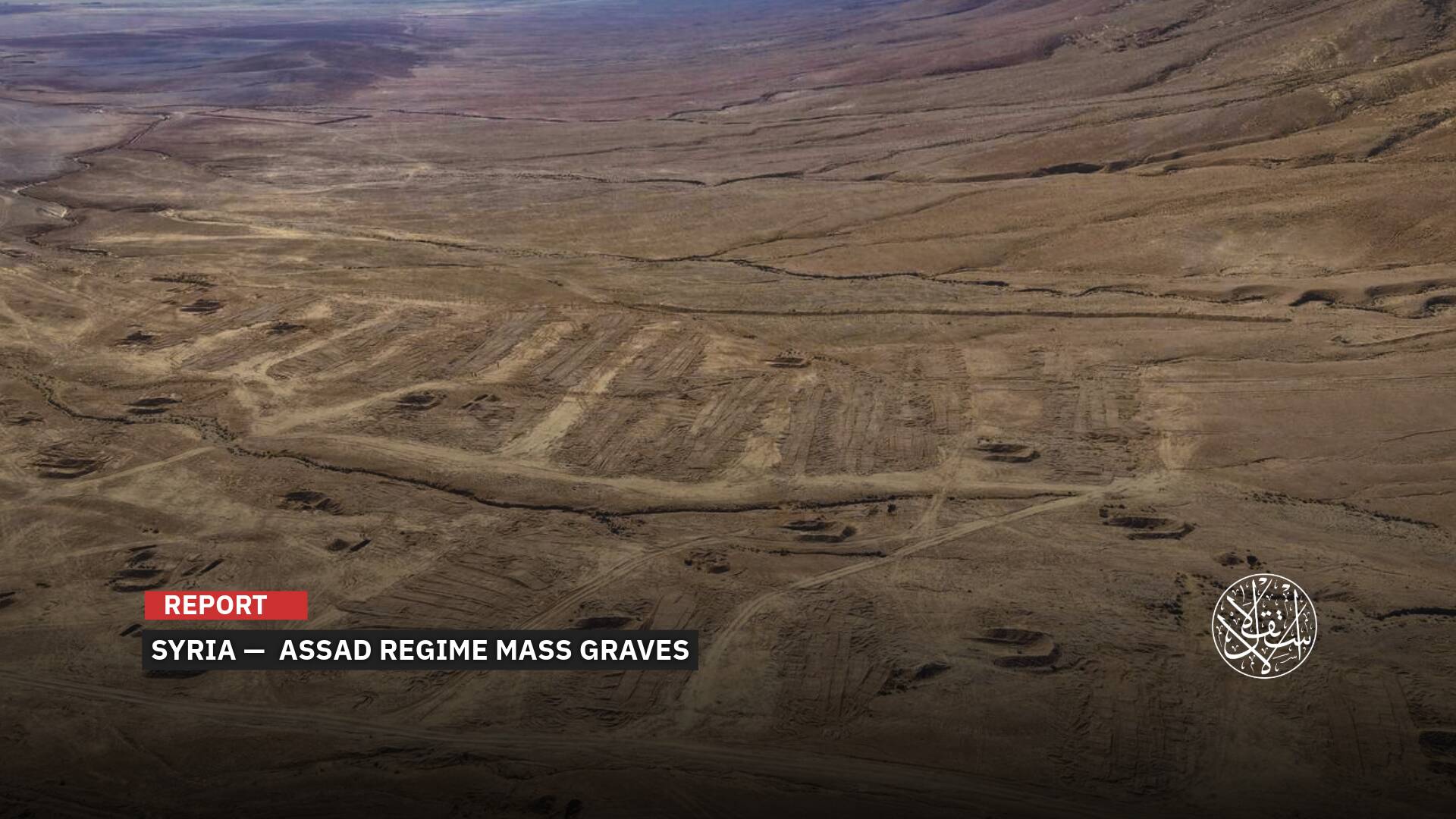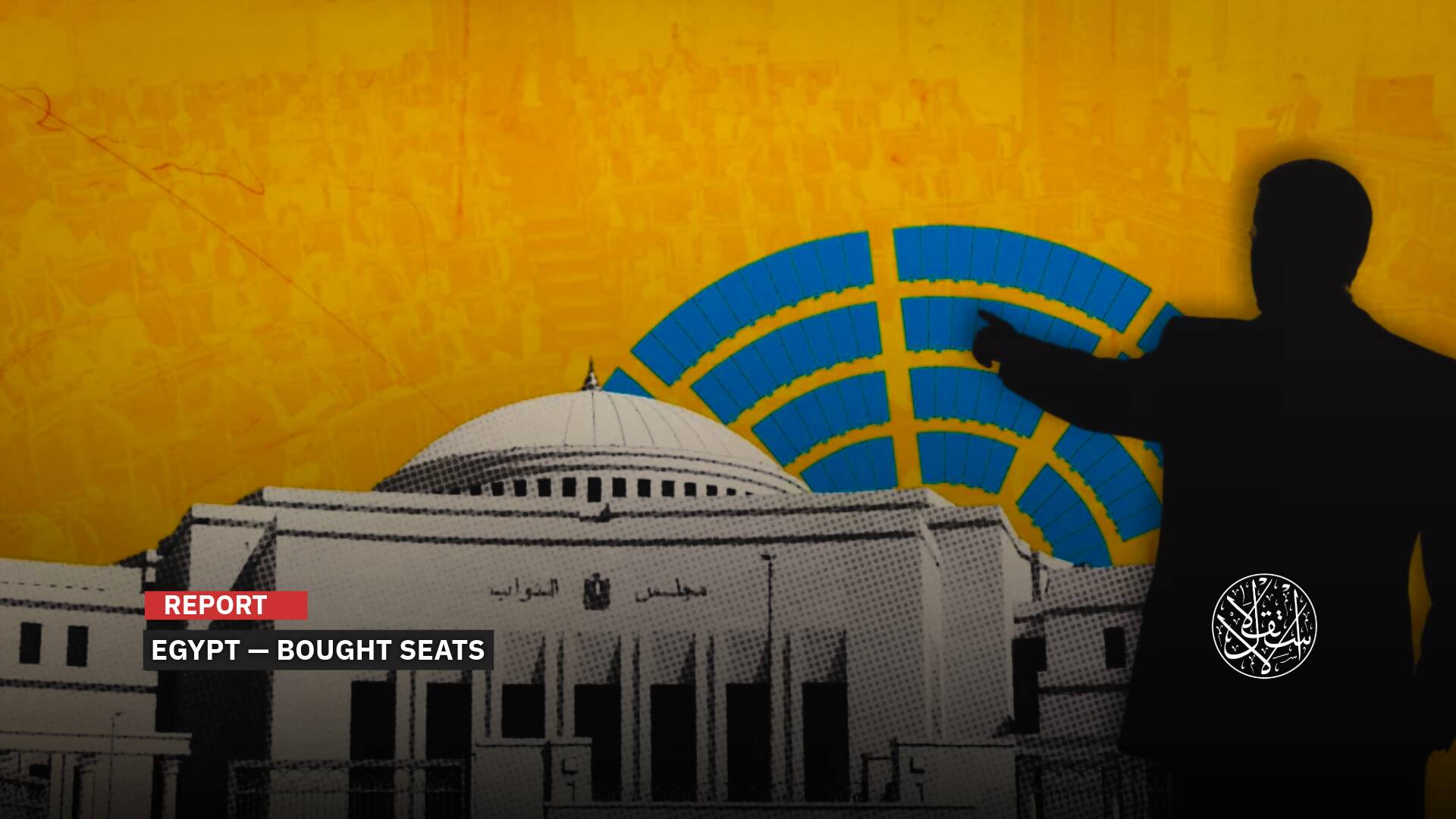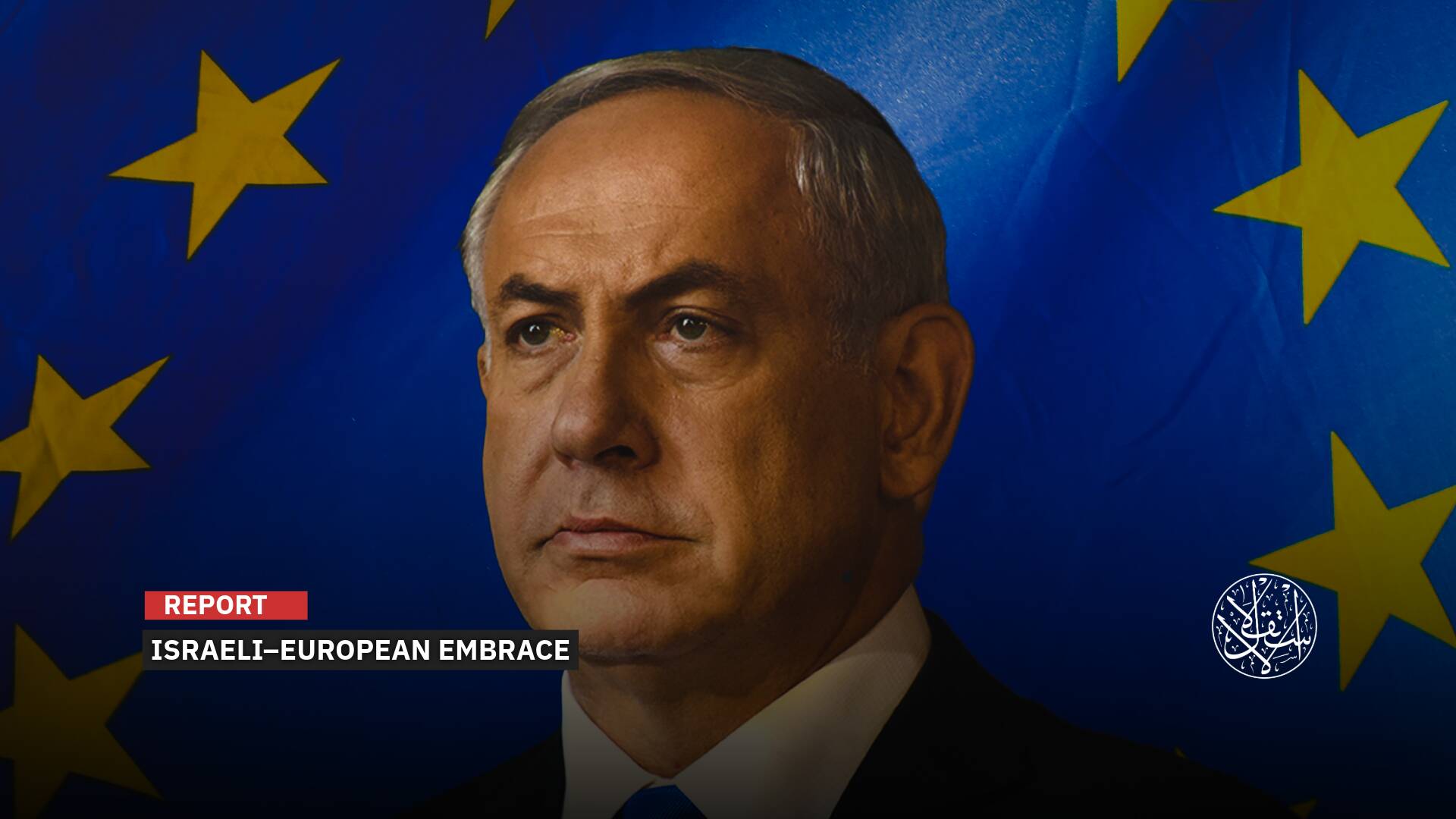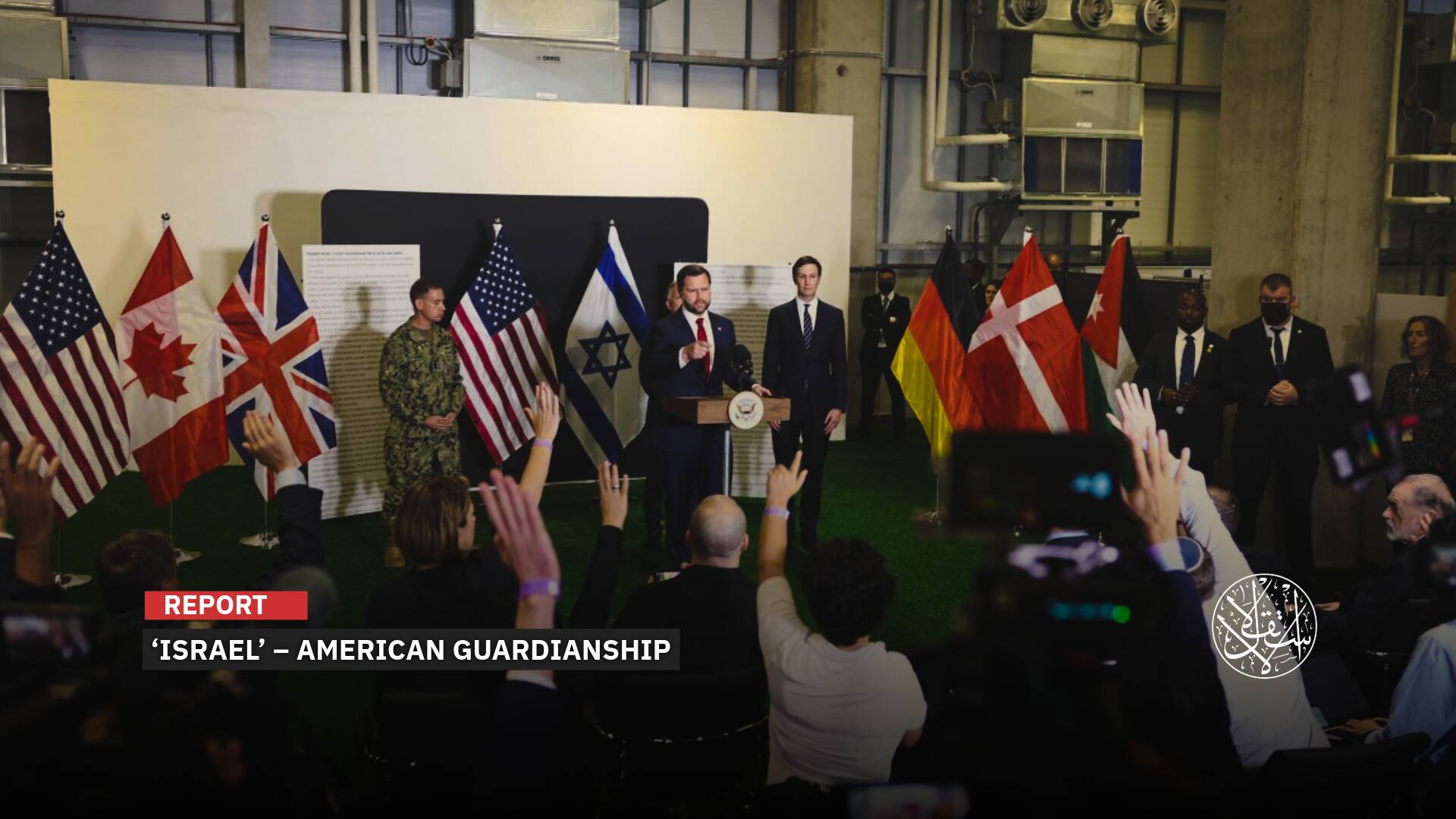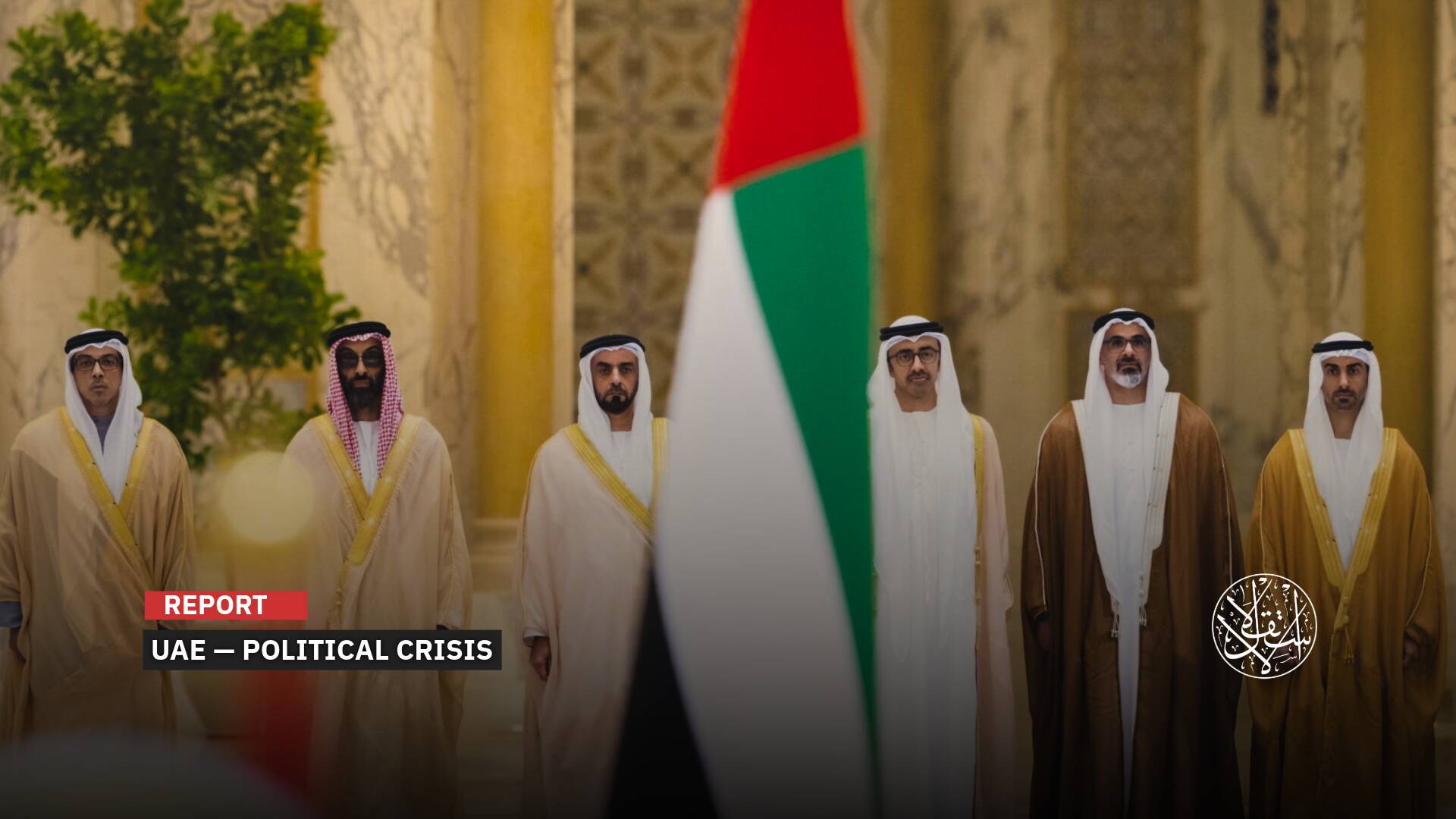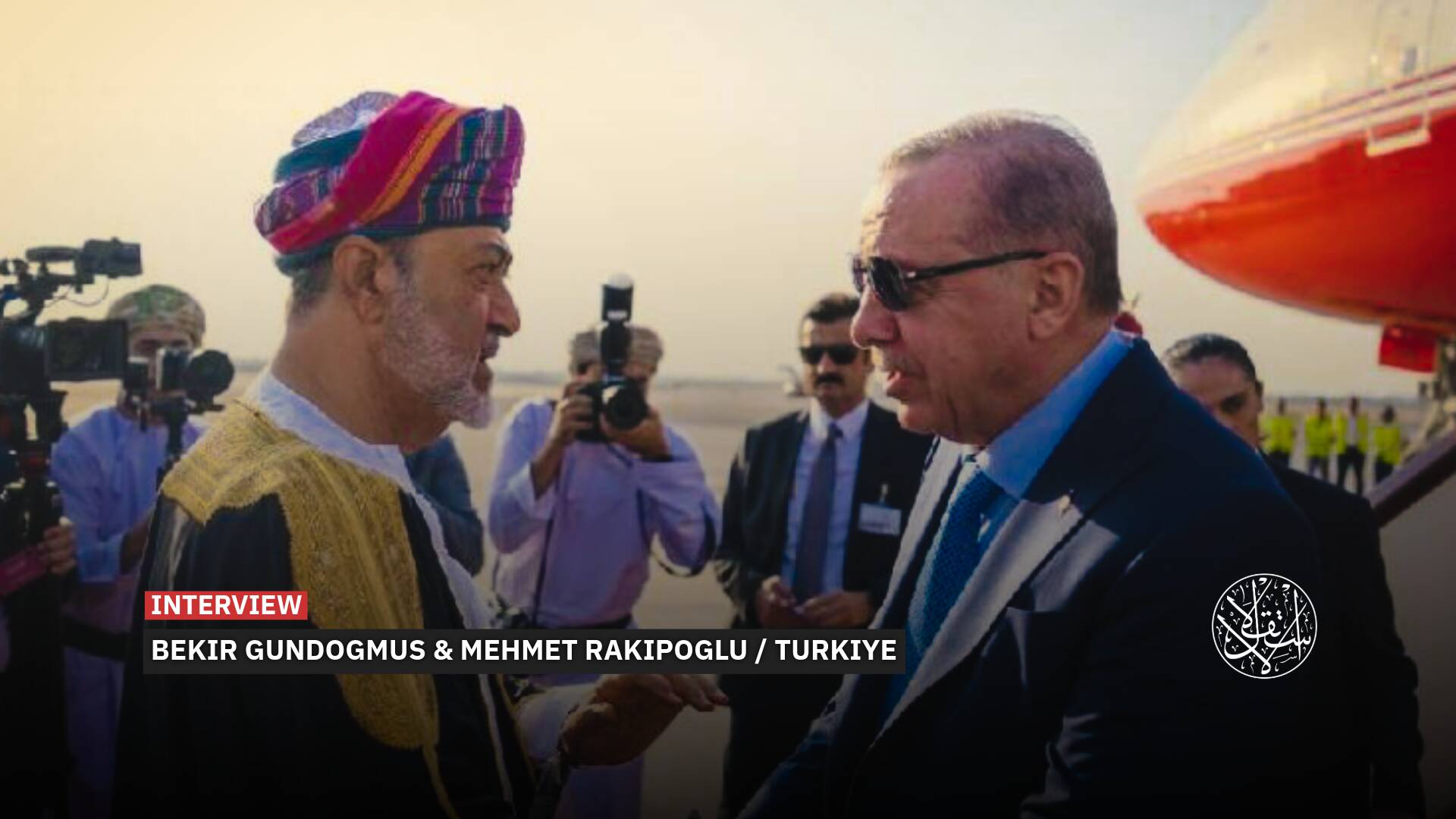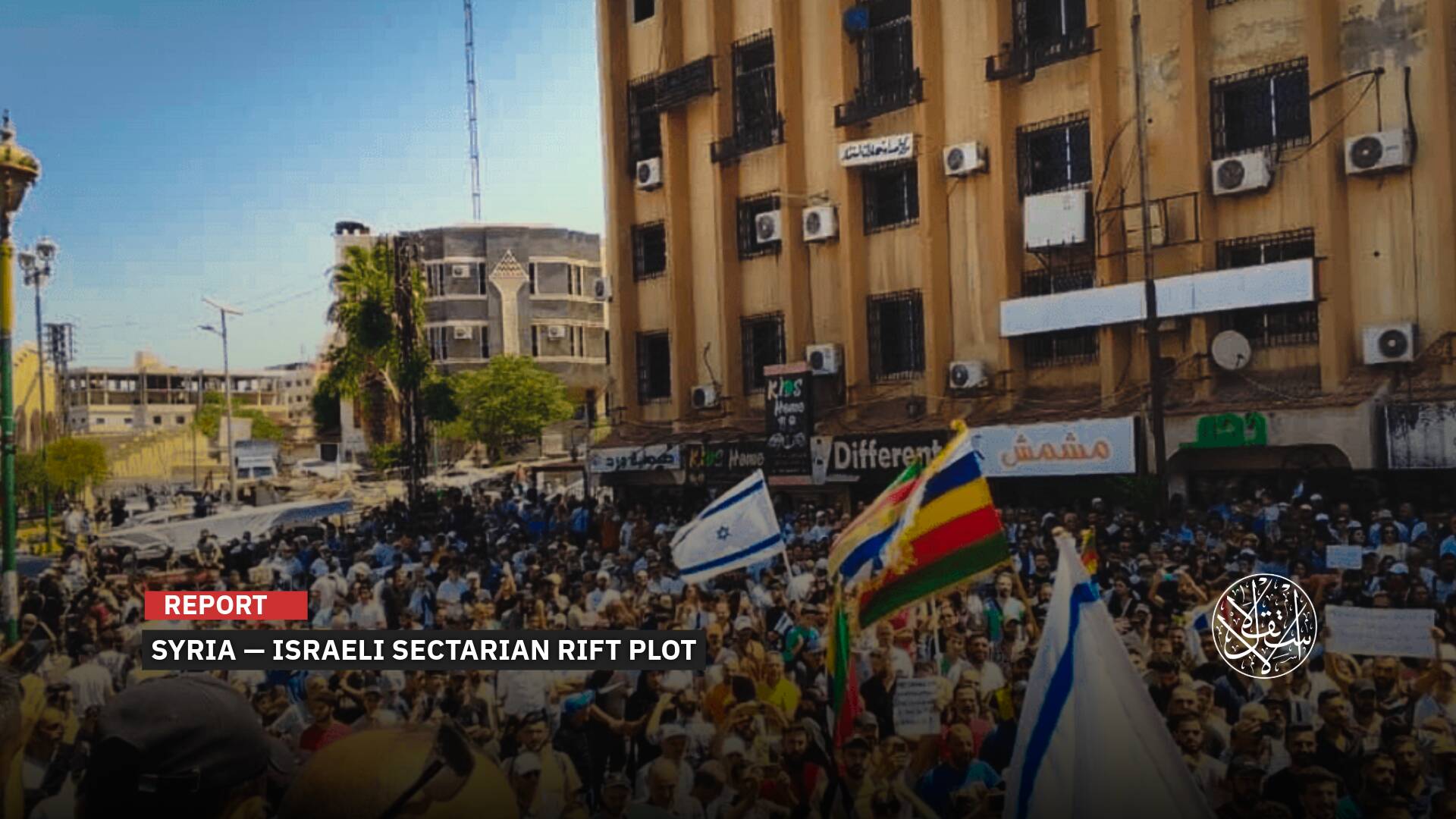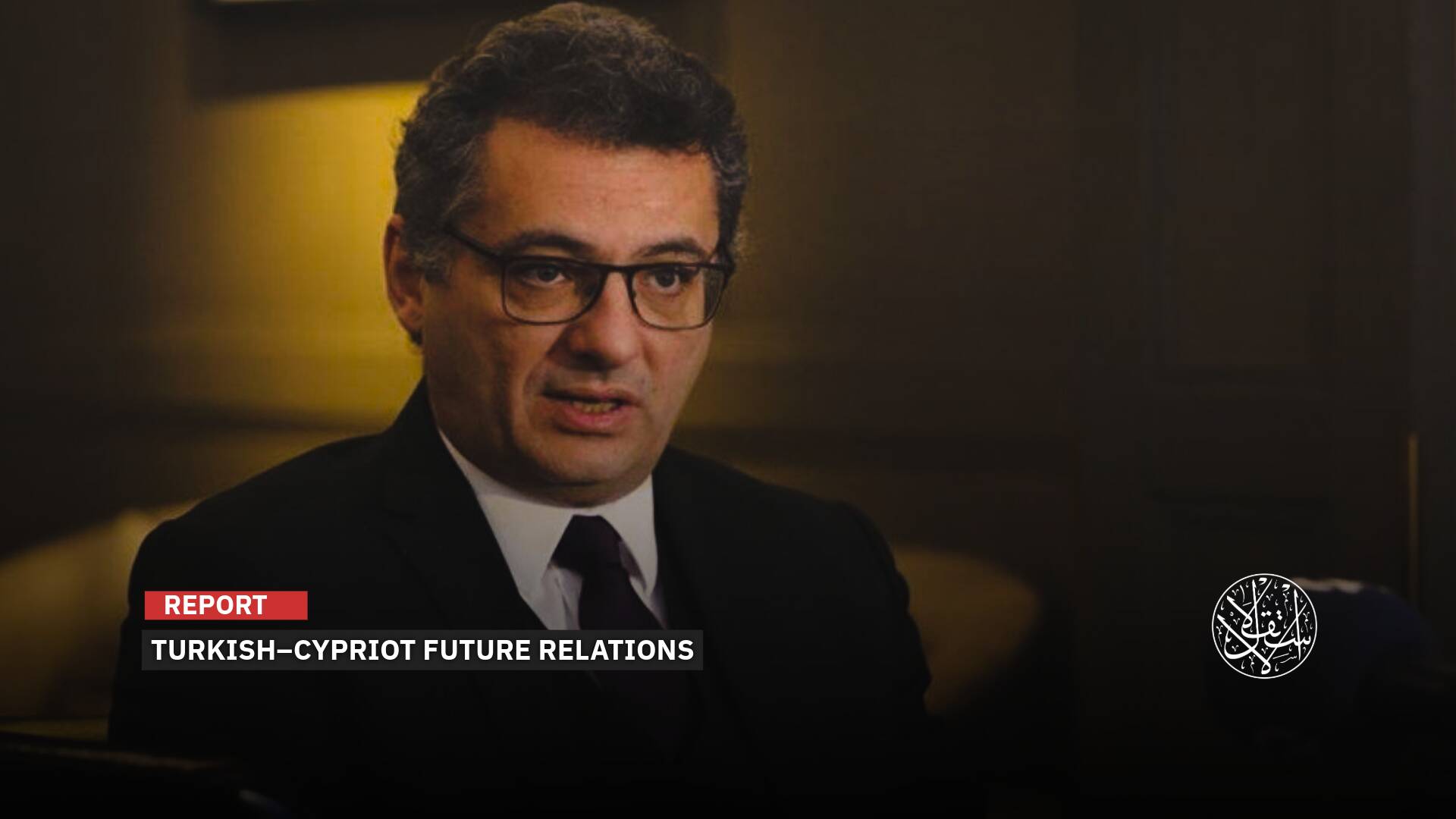Gazans Gather in Streets for Prayers as 90% of Mosques are Destroyed by Israeli Occupation

This Ramadan in Gaza is overshadowed by the harshness of war and the pain of loss.
For the second consecutive year, Ramadan descends upon Gaza, shrouded in sorrow and devastation, after 15 months of relentless Israeli aggression that has decimated the very basics of life.
Instead of embracing the usual traditions of the holy month, families find themselves caught in a daily struggle to secure even the most basic necessities.
What was once a time of warmth and spirituality is now marked by the harshness of war, the agony of loss, and the absence of shelter, goods, and essential services.
Ramadan Without Rituals
Ahmad Dabash, a man in his thirties from northern Gaza, describes this year’s Ramadan as nothing short of catastrophic, with people left homeless and facing severe shortages of food and aid.
“Before, we had three mosques near our home where we could pray during Ramadan,” he tells Al-Estiklal. “Now, they’ve been reduced to rubble—just like our house and the entire neighborhood.”
When thousands of Palestinians returned to northern Gaza from the south after a ceasefire agreement in January 2025, they were met with a scene of utter destruction stretching as far as the eye could see.
Dabash, who relocated from the north to Gaza City due to the complete absence of life’s necessities in his devastated hometown, recalls how last year he prayed Taraweeh inside a tent amid the relentless bombardment of 2024.
“This year, the only difference is the location,” he says. “We now pray Taraweeh and Qiyam at home, lucky to have even found an apartment to rent in Gaza City.”
For over two million people in Gaza, mosques have always been central to Ramadan—places for reciting the Quran, communal prayers, and spiritual retreats. But now, as the call to prayer echoes, worshippers no longer gather in vibrant, bustling mosques. Instead, they stand before silent ruins, grim reminders of an unrelenting catastrophe.
Mohammed Suleiman, a young man from southern Gaza, says the daily struggle to secure food has stripped Ramadan of its spiritual essence.
“The instability this year has drained all sense of life from Gaza,” he tells Al-Estiklal. “In past years, the city would come alive during Ramadan like no other time of the year. Now, it’s different.”
He added that Israeli forces have deliberately turned Gaza’s mosques into rubble, making the very act of entering them a source of fear.
“The risk of mosques being targeted was always high.”
“We saw it firsthand over the past months as they were bombed with worshippers still inside.”
Suleiman laments that even the simple act of performing ablution has become a challenge, with water shortages adding to the daily hardships.
“Nothing is as it once was,” he says. “The destruction and the collapse of basic living conditions have erased the joy of Ramadan and all its traditions.”

The Destruction of Mosques
Among the most heartbreaking scenes of this Ramadan is the widespread devastation of Gaza’s mosques, leaving worshippers unable to perform their prayers and spiritual rituals in the sacred spaces that once symbolized peace and communal faith.
During the genocidal war on Gaza, Israeli forces destroyed 1,109 out of 1,244 mosques, either completely or partially, according to Gaza’s Ministry of Religious Affairs on February 18, 2025.
At a press conference held in front of the ruins of the Great Omari Mosque in Gaza City, undersecretary of the Ministry of Awqaf and Religious Affairs, Abdul Hadi al-Agha, stated that 89% of the mosques in Gaza had been destroyed.
834 mosques were entirely reduced to rubble, while 275 sustained severe damage, making them unfit for use. This widespread destruction has directly impacted religious practices and the ability to hold congregational prayers.
Beyond mosques, Israeli bombs also obliterated 643 waqf properties, targeting institutions of religious education and missionary work, disrupting vital services and depriving thousands of students and beneficiaries, according to the ministry’s statement.
Adding to the desecration, Israeli Occupation soldiers posted multiple videos of themselves violating Gaza’s mosques. In one instance, a soldier was filmed delivering a Torah lesson inside the ruins of a destroyed mosque, while others lounged on the debris-strewn floor, surrounded by shattered walls and obliterated structures.
In another video, two Israeli soldiers, dressed in full military gear and armed, stood atop a mosque’s pulpit in a provocative display—one of them mockingly holding the Quran.
In mid-November 2023, a video circulated on social media showing Israeli soldiers desecrating a mosque in Beit Hanoun, northern Gaza, after occupying the city. They were seen converting it into a synagogue, chanting Talmudic prayers that called for violence and extermination.
The footage showed heavily armed soldiers gathered around a figure resembling a Jewish cleric, who also carried a weapon on his shoulder. He then lifted a replica of Torah scrolls high in the air.
As the soldiers echoed his inciting chants, an Israeli flag could be seen hanging on one of the mosque’s walls, believed to be the city's Grand Mosque.
Alongside the destruction and desecration, Israeli Occupation forces killed 315 employees of the Ministry of Religious Affairs, including preachers and imams, and arrested 27 others.
Gaza’s Ministry of Religious Affairs revealed that the total losses and damages to the religious and endowment sector surpass $500 million, resulting from the destruction of mosques, cemeteries, endowment properties, administrative offices, and religious centers—key pillars of Gaza’s social and spiritual fabric.

Humble Gatherings
In an effort to reclaim the spirit of Ramadan, Palestinians in Gaza held Taraweeh prayers in the courtyards of mosques that had been completely destroyed or inside the remnants of those partially damaged. Defying the devastation, they clung to their faith and resilience.
“We prayed Taraweeh in this mosque [in Deir al-Balah, central Gaza], which had been bombed before. It was once filled with displaced families. They were struck past midnight while they slept, leaving more than 25 martyrs and dozens wounded,” Dr. Izzedine Shaheen from Gaza posted on X.
“As we bowed in prayer, we found ourselves kneeling over pools of blood. These makeshift covers conceal walls still marked by the remains of the fallen. I witnessed the massacre. The scent of gunpowder and blood still lingers in my nose.”
After a year-long absence in 2024, Palestinians resumed Taraweeh prayers amid the ruins of the historic Great Omari Mosque in Gaza City.
Founded over 1,400 years ago, the Great Omari Mosque is one of Gaza’s largest and most historic places of worship. It is the third-largest mosque in Palestine, after al-Aqsa in occupied Jerusalem and Ahmed Pasha al-Jazzar Mosque in Acre, with a size comparable to the Mahmoudiya Mosque in Jaffa.
Determined to uphold their faith, Gazans partially restored the mosque—known locally as “Gaza’s al-Aqsa”—using wooden planks and plastic sheeting to make it suitable for Ramadan prayers.
Many also performed Taraweeh in makeshift shelters inside schools, which have served as their refuge for over 15 months after their homes were destroyed.
Despite the surrounding devastation, residents of Gaza hung lanterns and decorated some streets with Ramadan lights, creating rays of hope amid the rubble of destroyed homes and buildings.
They also organized communal iftars in various areas, embodying a spirit of solidarity and resilience in the face of siege and suffering caused by the Israeli Occupation.
On the official level, the Ministry of Religious Affairs announced the launch of the Minarets Coalition to rebuild mosques and religious institutions in Gaza.
The ministry described it as a global alliance that includes heads of religious and charitable institutions, as well as religious figures from Gaza and beyond, with members from over 30 countries.
The coalition aims to serve as a leading authority for supporting religious and endowment projects in Gaza by engaging official and civil components of the Muslim world.
Its mission is to channel governmental and grassroots efforts, both locally and internationally, toward the reconstruction of mosques and religious institutions destroyed by Israeli attacks. It seeks to fulfill this duty through a legitimate framework and a modern vision that addresses current challenges.
Key projects include establishing temporary prayer spaces, rebuilding mosques and religious institutions, supporting imams, preachers, and Quran teachers, and sustaining Quran memorization circles and educational initiatives.
Other priorities include founding religious schools and educational centers, establishing endowments to support the religious sector, providing Qurans and Islamic libraries, and setting up water wells and desalination plants in mosques and prayer spaces.
The ministry emphasized that rebuilding mosques is not only a religious necessity but also a humanitarian priority to ensure the continuation of essential services provided by the religious sector in Gaza’s harsh conditions.


